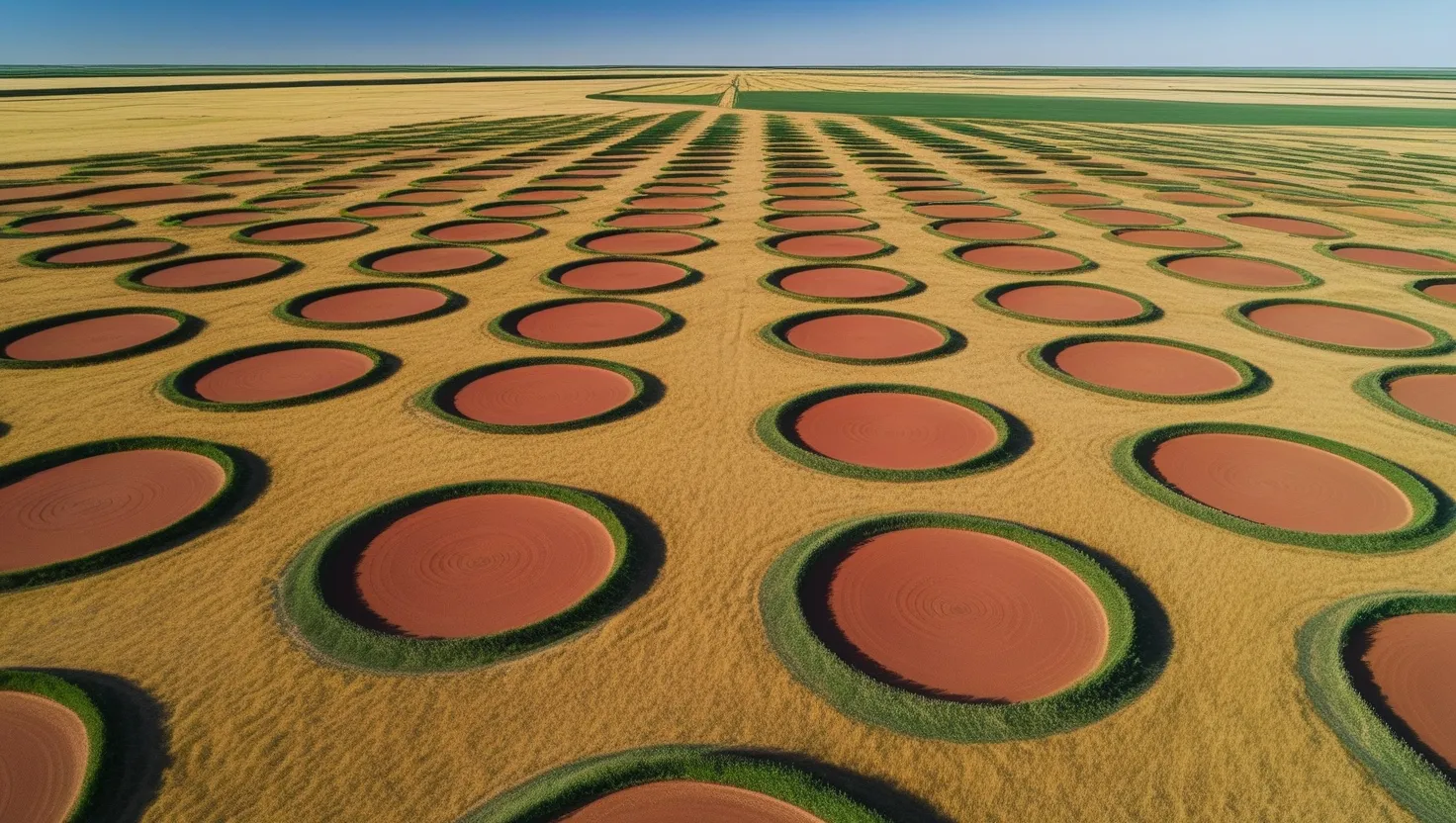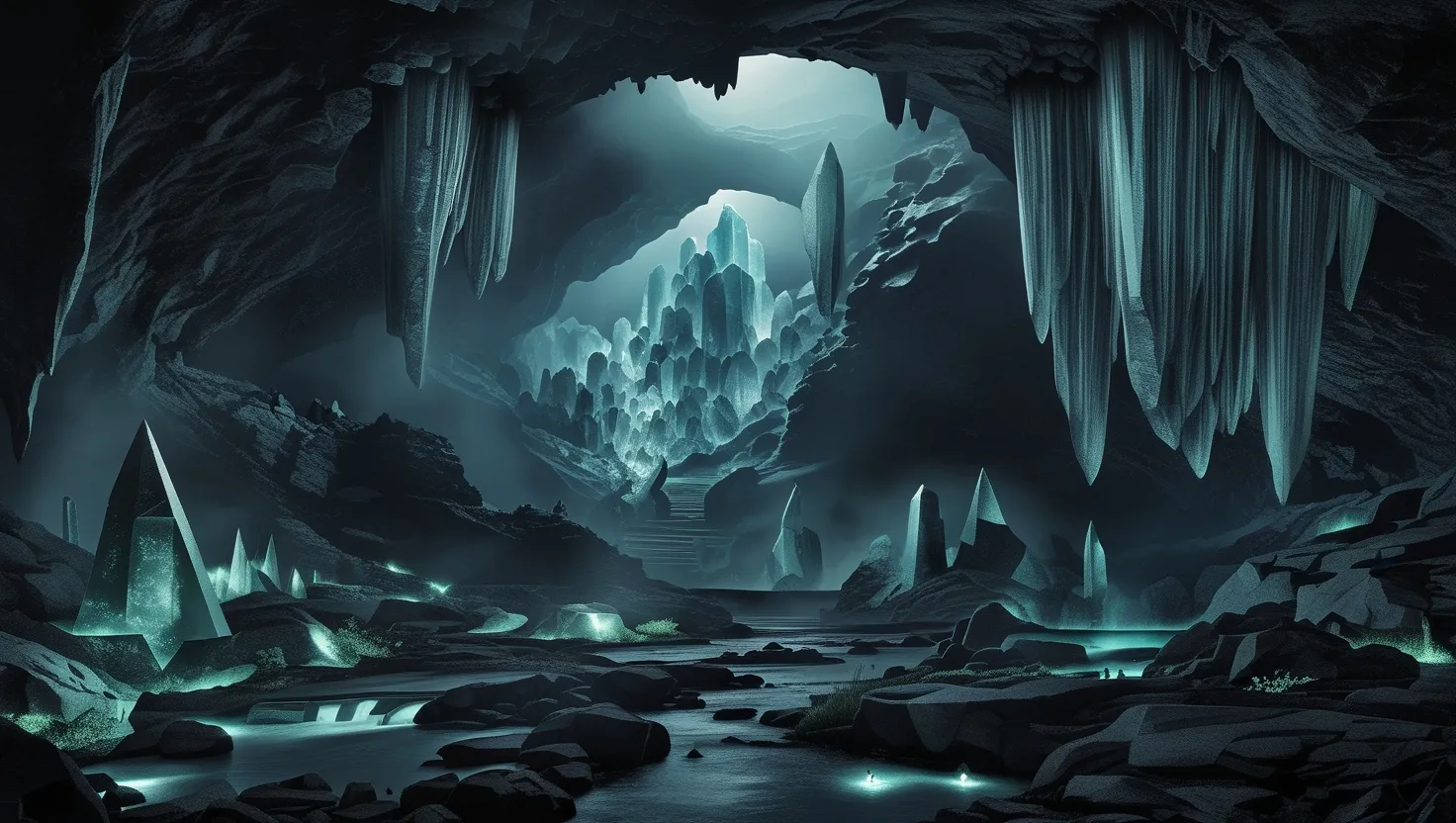When I first stood at the edge of Namibia’s great grasslands, I couldn’t help but feel drawn in by the sight before me. Hundreds, sometimes thousands, of perfect circles spread across the ground in neat lines, each one a patch of bare, reddish sand surrounded by a halo of sturdy grasses. These are the fairy circles—nature’s own mystery, yet to be figured out and so far, immune to simple answers.
People have tried to explain the fairy circles for decades. Most theories fall into two main camps: perhaps termites are behind the circles, or maybe plants themselves arrange these odd patterns. Yet as more data come in, each hypothesis faces serious challenges.
One argument points the finger at termites. These particular insects dig through the soil, remove vegetation, and supposedly create circular reservoirs that trap and store moisture underground. On the harsh Namibian plains, this adaptation could make a lot of sense—water is rare, so anything helping it stick around gives life a boost. Some studies have found termite colonies near circles. But this explanation stumbles in surprising ways. What should we make of circles with no termites in sight? Satellite images and careful fieldwork have tracked areas where the circles grow and shrink, come and go, sometimes without any sign of insect intervention. Even stranger, similar circles have popped up in Australia, where termites of the right type simply aren’t present.
That takes us to plants. Botanists propose that grasses self-organize, each root system quietly fighting for precious water beneath the sand. If a patch of ground gets too dry, plants die off and leave behind a bare spot—a circle. Meanwhile, grasses at the edge get a small benefit: water pools in the empty center and soaks into the surrounding roots. Modeling shows that competition alone could create patchy gaps. However, real-world circles seem far more stable and regular than these models predict. The fairy circles maintain almost mathematical spacing across the land, nearly equal distances between neighbors. Unlike the random, shifting gaps you’d expect from plant brawls over water, these circles look planned.
“The important thing is not to stop questioning. Curiosity has its own reason for existence.” — Albert Einstein
Have you ever thought about why patterns so often appear in nature? The fairy circles fall under a broader scientific riddle: how do simple forces—plants grasping for water, termites seeking food—generate large-scale, ordered designs? Across the planet, from rock formations to cloud shapes, geometric regularity hints at unseen rules of physics and biology.
Certainly, fairy circles are no new wonder for locals. For the Himba people who have lived in Namibia for centuries, the circles are sacred, connected to stories of gods and ancestors. Some say the gaps mark the footprints of Mukuru, the first being; others claim a dragon stirs underground, sending up poisonous breath. These tales are abiding, honored alongside cattle grazing traditions—the circles sometimes fenced in for keeping young livestock safe at night.
“Look deep into nature, and then you will understand everything better.” — Albert Einstein
The circles persist for years, sometimes even decades. Some have reportedly remained unchanged for a century or more. Others fade away within a few seasons, especially after heavy rain or a shift in local frost. If circles are part of a long, slow dance between birth and death, does their appearance point to environmental change, or even a gradual slide toward desertification? It’s a thought worth pondering, especially as climate patterns in southern Africa grow more unpredictable.
Here’s another puzzle: why don’t we see fairy circles in places with similar climates and soils? Namibia isn’t the only sunny, sandy spot with sparse rainfall. Yet the circles there are larger, more cohesive, and more resilient than in comparable regions. Only recently have researchers discovered similar formations in distant Australian deserts—a shock, since the landscapes, as well as the life forms within them, are far apart in both space and composition. The resemblance, though, suggests that whatever drives fairy circle formation might not be just about what’s living in the ground or on the surface right now.
So, what about the soil? After decades of digging, sifting, and testing, most surveys find no striking differences in soil chemistry or moisture between the inside and outside of the circles. Microbes flourish in both, mineral levels are similar, and even underground water content falls within expected variation. If there’s a chemical clue, it remains elusive.
Are fairy circles a warning? Ecosystems are complex. When stable patterns begin to flicker—circles appearing or vanishing at a faster rate than before—the land may be telling us something about change on a larger scale. Are these mysterious patches a sign that the grassland is shifting, adapting to less rain or new pressures or suffering from creeping desertification?
“In all things of nature there is something of the marvelous.” — Aristotle
What I’ve always found compelling isn’t just the unresolved cause—it’s that fairy circles seem to sit at the crossroads between life and absence, possibility and constraint. Each one is a clear break in the monotony of grass, a silent signal seen best from high above the earth. They show that even environments often dismissed as lifeless or barren are shaped by dynamic forces, active communities, and strange beauty.
It’s likely that fairy circles aren’t explained by a single answer. What if termites help maintain the stability of circles started by plant competition? Or perhaps circles emerge when several factors align—water scarcity, soil type, and mechanical forces inside the ground. Nature often resists neat divides, and the Namibian circles are a testament to that.
Can you imagine looking down from space at this patchwork of circles, stretching on for miles, as regular as any grid built by hand? What do these formations mean to the future of landscape science and conservation? Will understanding fairy circles help us forecast how environments change when pressure mounts, or how small-scale interactions drive patterns that matter for species survival?
I suspect the circles will stay a scientific puzzle for years to come. Their persistence has turned Namibia’s grasslands into an open-air experiment, reminding us of the mysterious workings of the natural world. They call for attention—and, perhaps even more importantly, for the kind of patience that lets us watch, learn, and respect the land’s own timeline.
“Nature does not hurry, yet everything is accomplished.” — Laozi
If I could stand in the midst of fairy circles once more, I’d look closely at each bare patch, each rim of grass, considering not just what caused it, but what it might mean in the long run. These patterns might be clues to resilience, adaptation, or even vulnerability within the grasslands. They might help us see how small, invisible interactions can shape the world in ways that mathematics, biology, and geology have yet to fully explain.
So I ask you: What other mysteries are we missing beneath our feet? The fairy circles invite us to examine not only what we know, but how we know it, and to appreciate the patience and persistence required for discovery. If the answer to their riddle remains out of reach, maybe the real lesson lies in the continued search—wide-eyed, persistent, and always open to surprise.






